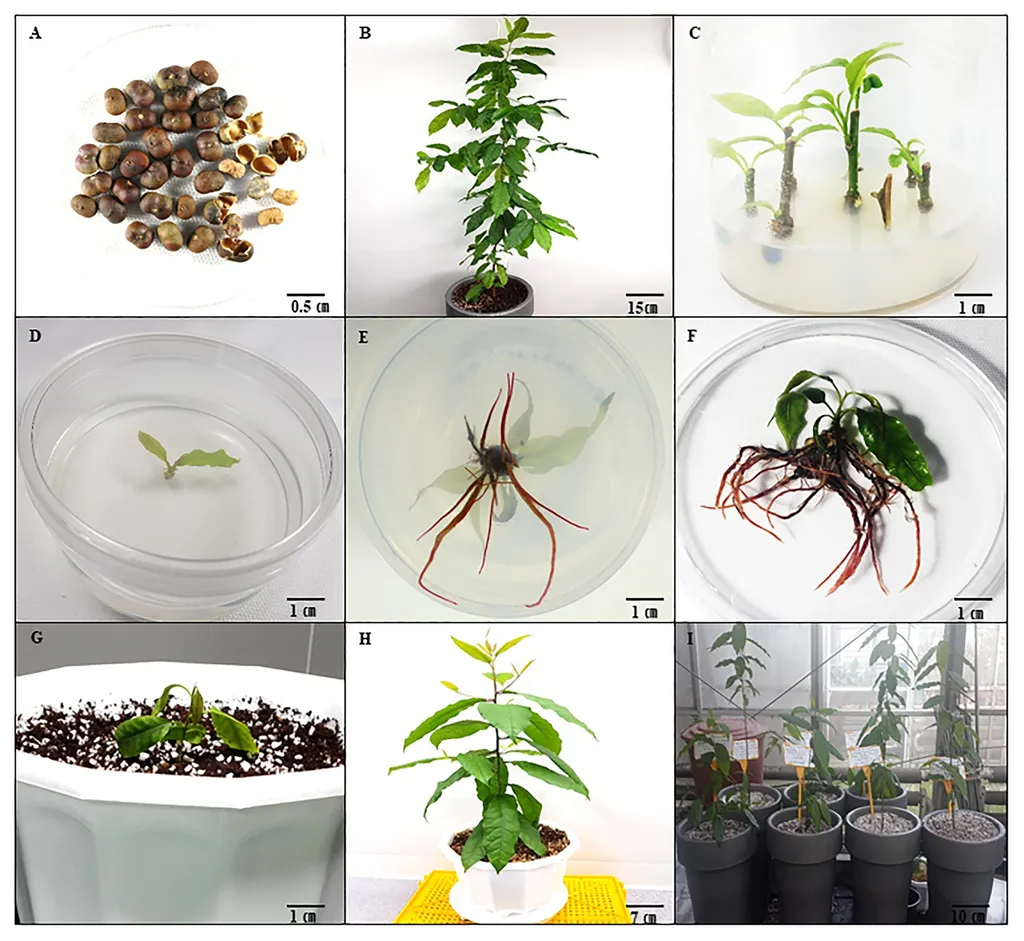In the arid landscapes of Jordan, a tiny, critically endangered plant known locally as Zateer Barry, or Thymus bovei, has found a new lease on life thanks to innovative micropropagation techniques developed by researchers at the University of Jordan. This wild medicinal plant, renowned for its exceptional healing properties, is now one step closer to being preserved from extinction, with significant implications for the pharmaceutical and agricultural industries.
Refad Y. Alkhawaldah, a researcher from the Department of Horticulture and Crop Sciences at the University of Jordan, led the study published in the journal ‘Acta Agriculturae Slovenica’ (Acta Agriculturae Slovenica translates to ‘Slovenian Agricultural Acta’). The research focuses on establishing a reliable micropropagation technique to ensure the survival and proliferation of T. bovei. “Our goal was to develop a robust protocol that could be used to propagate this endangered species on a large scale,” Alkhawaldah explained. “By doing so, we aim to preserve the genetic diversity of T. bovei and ensure its availability for future generations.”
The study involved a series of experiments to optimize the conditions for the establishment, shoot multiplication, rooting, callus induction, and acclimatization of T. bovei. The researchers found that the highest shooting percentage (90%) was achieved using half-strength Murashige and Skoog (MS) media with gibberellic acid (GA3) at a concentration of 0.5 mg/L. “This finding is crucial because it provides a clear pathway for the initial stages of micropropagation,” Alkhawaldah noted.
For shoot multiplication, the team subcultured nodal segments onto half-strength MS media with various concentrations of kinetin (KIN), thidiazuron (TDZ), or benzylaminopurine (BA), along with 2.5 mg/L KIN and 0.5 mg/L GA3. The most effective rooting was observed on half-strength MS media with 1.0 mg/L indole-3-butyric acid (IBA), yielding an average of 5.29 roots per microshoot. The highest callus development, measured by fresh weight (0.601g), occurred in half-strength MS media with 2.0 mg/L 2,4-D, while no callus formed with naphthaleneacetic acid (NAA).
The successful acclimatization of the plants, with a 90% survival rate when transferred to greenhouse conditions, marks a significant milestone in the conservation efforts for T. bovei. “This research not only contributes to the preservation of a critically endangered species but also opens up new avenues for commercial applications,” Alkhawaldah said. “The medicinal properties of T. bovei have been well-documented, and its sustainable cultivation could benefit the pharmaceutical industry and local communities.”
The implications of this research extend beyond conservation. The development of a reliable micropropagation technique for T. bovei could pave the way for similar efforts with other endangered medicinal plants, ensuring their survival and potential commercial exploitation. This could lead to the discovery of new drugs and treatments, as well as the development of sustainable agricultural practices that benefit both the environment and local economies.
As the world grapples with the loss of biodiversity, studies like this one offer a glimmer of hope. By combining scientific innovation with a deep understanding of local ecosystems, researchers are not only preserving endangered species but also unlocking their potential for the benefit of all. The work published in ‘Acta Agriculturae Slovenica’ serves as a testament to the power of scientific research in addressing some of the most pressing challenges of our time.

